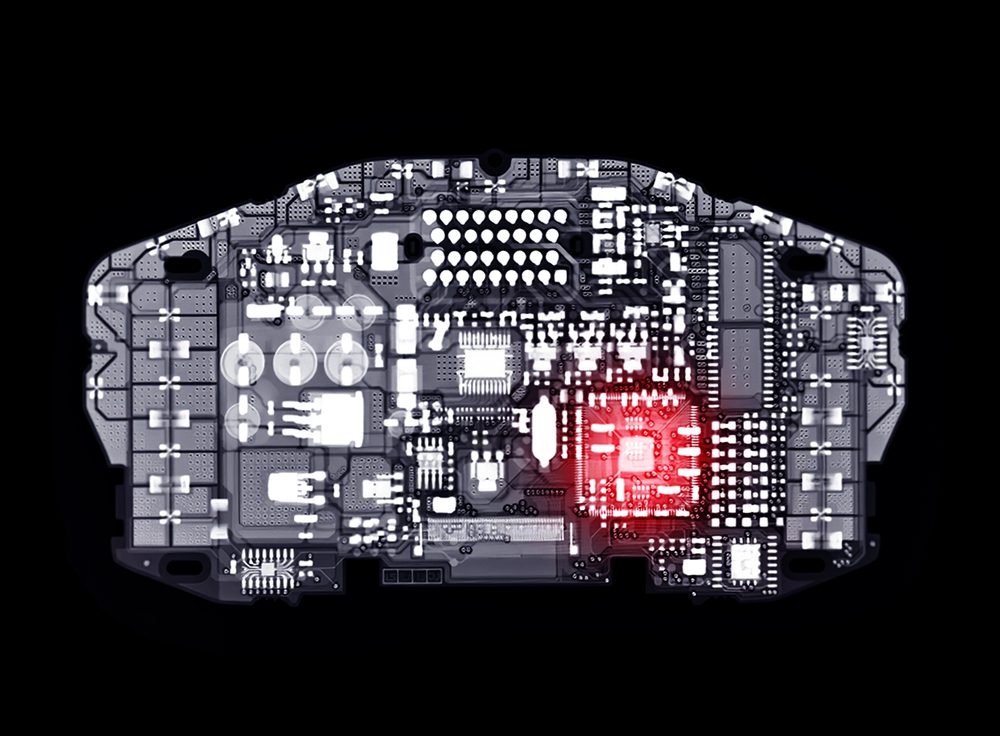Can a car pass an MOT with a warning light on?
The MOT test is a mandatory annual inspection that vehicles in the UK need to pass in order to be considered roadworthy. One common question that car owners often ask is whether a car can pass its MOT with a warning light illuminated on the dashboard. The answer to this question is not straightforward, as it depends on the specific warning light and the reason behind its activation.
Understanding the MOT test
The MOT test is designed to assess various aspects of a car’s safety, emissions, and overall roadworthiness. During the test, certified mechanics inspect a wide range of components, including brakes, lights, suspension, steering, exhaust emissions, and more. If any of these components or systems are found to be faulty or not functioning properly, the vehicle may fail its MOT.
The role of warning lights
In modern cars, dashboard warning lights are an important safety feature that alert drivers to potential issues with their vehicles. These lights may indicate problems with the engine, brakes, airbags, traction control, anti-lock braking system (ABS), or other critical systems. When a warning light illuminates, it is crucial to investigate the cause and address any underlying issues promptly.
During an MOT test, if a warning light is illuminated on the dashboard, it is at the discretion of the MOT tester to determine whether the fault associated with the warning light is severe enough to warrant a failure. This decision is based on a set of guidelines provided by the Driver and Vehicle Standards Agency (DVSA), which outlines the specific criteria for failing or passing an MOT test.
The impact on MOT results
A warning light alone does not automatically result in an MOT failure. It ultimately depends on the nature of the fault and whether it poses a significant safety risk or affects the vehicle’s emissions. For example, if a warning light indicates a minor issue such as a faulty sensor or a loose gas cap, it may not lead to an MOT failure.
However, certain warning lights are considered critical and can result in an immediate failure of the MOT test. These include lights associated with the braking system, airbags, steering, and other essential safety features. Additionally, if the warning light indicates high levels of exhaust emissions, it could also lead to an MOT failure.
Ensuring a successful MOT
To increase the chances of passing the MOT test, it is important to address any warning lights that appear on the dashboard before taking your car in for inspection. Conducting a thorough diagnostic check or seeking professional assistance can help identify the cause of the warning light and resolve any underlying issues.
It is important to note that even if a car passes its MOT with a warning light on, it does not mean the issue should be ignored. It is always recommended to address warning lights promptly to ensure the safety and proper functioning of your vehicle.
In conclusion, whether a car can pass its MOT with a warning light on depends on the severity and nature of the fault indicated by the light. While some warning lights may not lead to an automatic failure, critical issues related to safety systems or excessive emissions can result in a failed MOT. It is essential to address warning lights promptly and thoroughly investigate the cause before taking your car for its annual inspection.
Is a check engine light MOT failure?
The check engine light, also known as the malfunction indicator lamp (MIL), is an important warning tool in modern vehicles. It illuminates when the vehicle’s onboard diagnostic system detects a problem that could affect its emissions or overall performance. But does having the check engine light on mean an automatic MOT failure in the UK?
Understanding the MOT test
The MOT test is an annual examination of a vehicle’s safety, roadworthiness, and environmental impact. The test checks various components and systems, including the exhaust emissions. However, contrary to popular belief, having the check engine light on does not necessarily result in an automatic MOT failure.
According to the UK government’s guidelines, the check engine light itself is not specifically listed as a reason for failure during the MOT test. However, if the check engine light is illuminated due to a visible defect in the system, such as a missing catalytic converter or a damaged emissions control component, it will be considered a failure.
Dealing with a check engine light during the MOT
If your check engine light is on during the MOT test, it is essential to address the underlying issue before taking the vehicle for inspection. Ignoring the light can lead to further damage and potentially more expensive repairs down the line.
To ensure a successful MOT, it is recommended to:
- Check the vehicle’s manual: The owner’s manual usually provides information about the check engine light and what it indicates.
- Obtain a diagnostic scan: Use an OBD-II scanner to retrieve the trouble codes stored in the vehicle’s computer system. These codes can help identify the specific issue causing the check engine light to illuminate.
- Seek professional help: If you are unsure about diagnosing or fixing the problem yourself, it is advisable to take your vehicle to a qualified mechanic who can conduct further inspections and repairs.
Is a yellow engine warning light an MOT failure?
When it comes to passing an MOT, many car owners wonder if having a yellow engine warning light illuminated on their dashboard will result in a failure. The answer to this question largely depends on the specific circumstances.
Understanding the yellow engine warning light
The yellow engine warning light, also known as the check engine light, is designed to alert drivers about potential issues with the vehicle’s engine or emissions system. Its purpose is to prompt car owners to seek further inspection or repairs to prevent any extensive damage.
It is important to note that the presence of a yellow engine warning light does not automatically mean your car will fail its MOT test. The MOT test focuses primarily on safety-related aspects of the vehicle and emissions levels, rather than specific dashboard warning lights.
Factors that can affect MOT results
While the yellow engine warning light itself may not be an immediate cause for failure, there are certain factors related to it that can impact the MOT results. These include:
- Visible smoke emissions: If the yellow engine warning light is on and your vehicle produces visible smoke emissions, it may result in an MOT failure due to excessive pollutant levels.
- OBD system fault codes: The OBD (On-Board Diagnostics) system monitors various components of the vehicle. If the yellow engine warning light is on and the OBD system detects fault codes related to emissions control, it can lead to an MOT failure.
- Safety concerns: In some cases, the yellow engine warning light may be related to safety-critical components such as the braking system. If such issues are identified during the MOT inspection, they can result in a failure.
Consulting a professional
If your car has the yellow engine warning light illuminated, it is advisable to consult a professional mechanic or garage to diagnose and address the underlying issue. This not only ensures the safety and reliability of your vehicle but also minimizes the risk of failing an MOT due to associated problems.
Quote: “Regular maintenance and addressing warning lights promptly can help prevent unexpected MOT failures.” – Car Maintenance Expert
In summary, a yellow engine warning light alone is not an immediate MOT failure. However, associated issues such as visible smoke emissions, OBD system fault codes, or safety concerns can lead to a failed MOT. It is always recommended to address any warning lights promptly and seek professional guidance to maintain the safety and roadworthiness of your vehicle.
Conclusion
“While a check engine light itself does not result in an automatic MOT failure, it is essential to rectify any underlying issues causing the light to illuminate. Taking the necessary steps to address the problem before the MOT test can save you time, money, and potential headaches in the long run.”
Remember, it’s always best to address your vehicle’s check engine light promptly to ensure its safe operation and compliance with emissions regulations. By keeping your vehicle well-maintained, you can increase the chances of passing the MOT test without any issues.



